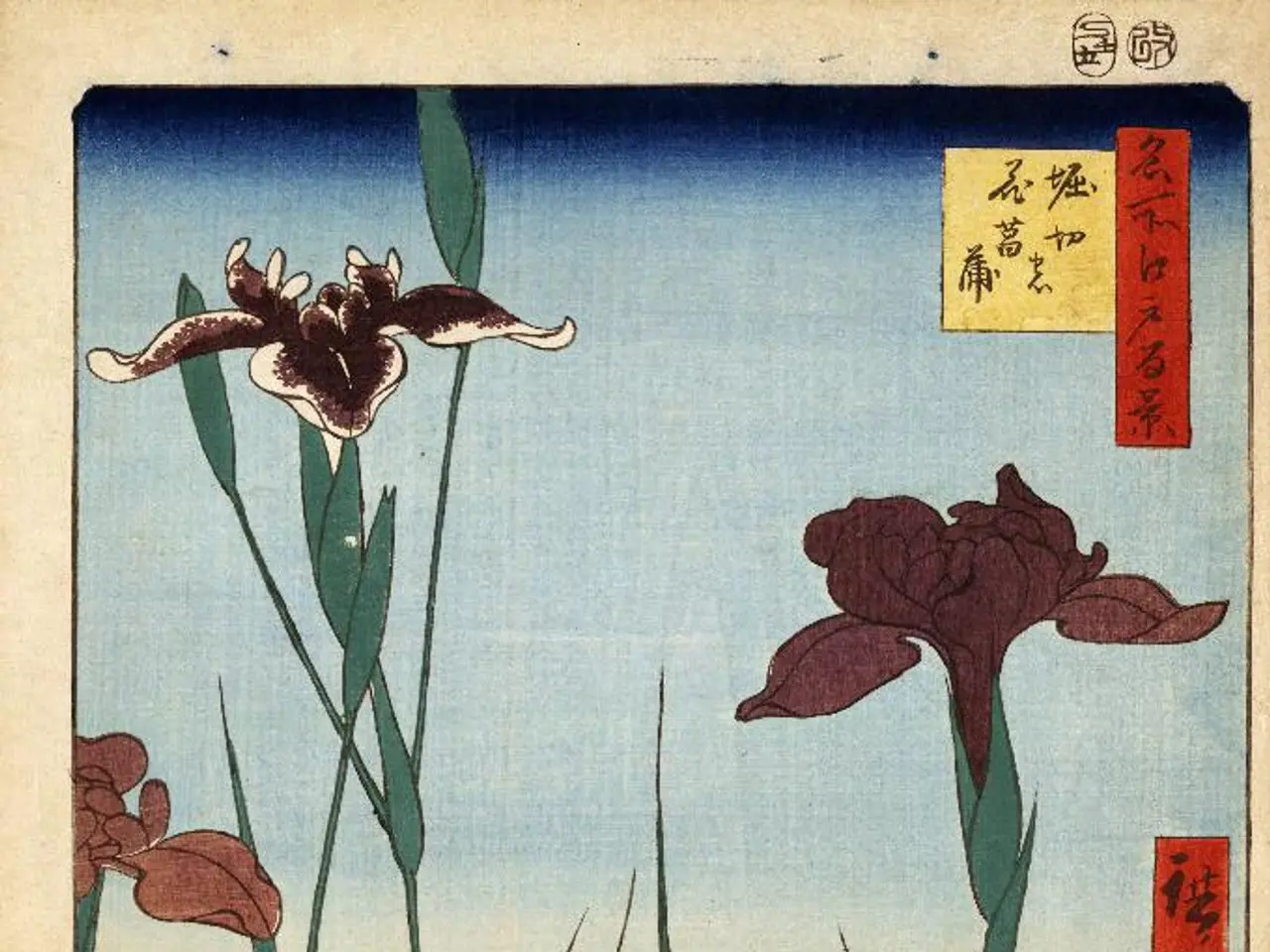Kansas City's Plant Hardiness Zone: Revealing the Details from the Plant Hardiness Map
In the heart of the Midwest, Kansas City offers a unique blend of vibrant gardens and picturesque landscapes. With its drought-resistant plants and hardy vegetation, the city's gardens are a testament to the adaptability of nature and the ingenuity of its gardeners.
One such plant that thrives in Kansas City's climate is Salvia, a drought-resistant plant that brings vertical flair and a variety of colors to the garden, and is a magnet for pollinators. Another popular choice is the White Oak tree, known for its grand stature, year-round interest, and ability to withstand the cold snaps typical of hardiness zones 6a to 7a, which primarily encompass Kansas City.
Gardeners in Kansas City should select plants that can survive cold winters, with average minimum temperatures ranging between -10°F to 5°F. Suitable plants for Kansas City gardens include Coneflowers, Black-eyed Susans, Sedum, Ornamental grasses, and cold-hardy fruit trees. For shady areas, Impatiens thrive, while Petunias flourish in full sun and need at least 6 hours of direct sunlight.
After the last frost, usually around Mother's Day, tomatoes, peppers, beans, and basil become suitable for Kansas City gardens. Marigolds and zinnias are heat-loving plants that thrive in Kansas City's summer warmth. Hostas are shade-loving perennials suitable for cool, north-facing corners.
Winter watering on milder days, particularly for evergreens, can prevent desiccation in Kansas City. Maintaining a healthy garden year-round requires amending soil with compost, timely mulching, watering deeply but infrequently, and fertilizing based on specific plant needs.
Understanding USDA hardiness zones is crucial for successful gardening in Kansas City. The city falls within Zones 6a to 6b, meaning the average annual extreme minimum winter temperatures range from about -10°F to 0°F (-23.3°C to -17.8°C). This affects plant selection and gardening practices, requiring gardeners to choose species and varieties rated for Zone 6 or lower to ensure plants can withstand cold winter temperatures.
Timing for planting and harvesting dates must be planned to avoid frost damage. Winter care may include practices such as mulching and installing windbreaks to protect more sensitive plants during harsh winters. As climate change continues to impact hardiness zones, gardeners must stay updated on zone changes to adjust plant choices accordingly.
Gardening in Kansas City can be rewarding, but it is also challenging due to the shifting hardiness zones and specific climate conditions. Nevertheless, with careful planning, appropriate plant selection, and attentive care, Kansas City gardens can flourish, offering a vibrant display of colour and life throughout the seasons.
[1] USDA Plant Hardiness Zone Map. (2021). Retrieved from https://planthardiness.ars.usda.gov/zonemap/ [5] Climate Change and USDA Plant Hardiness Zones. (2021). Retrieved from https://www.climate.gov/news-features/understanding-climate/climate-change-and-usda-plant-hardiness-zones
Home-and-garden enthusiasts in Kansas City should consider plants that can survive cold winters, as the city falls within USDA hardiness zones 6a to 6b. Suitable plants for Kansas City gardens include Cold-hardy fruit trees, Coneflowers, Black-eyed Susans, Sedum, Ornamental grasses, Impatiens for shady areas, Petunias for full sun, Marigolds and Zinnias for the summer, and Hostas for cool, north-facing corners.





